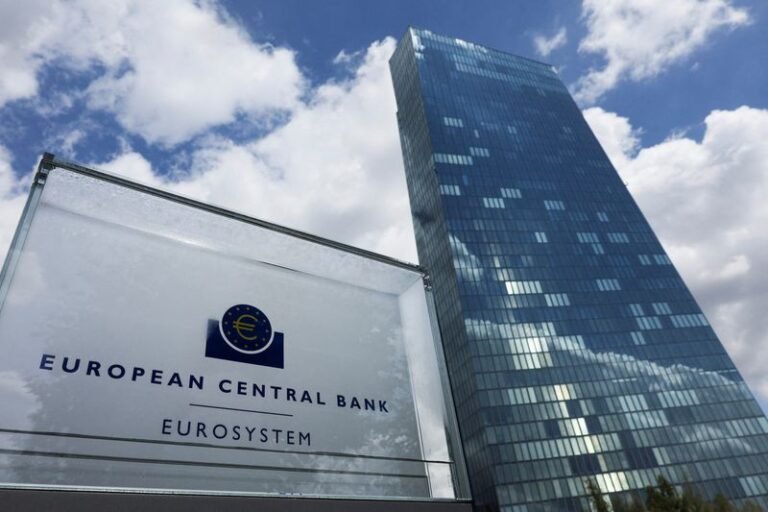
The ECB has come under pressure to change the terms of its targeted long-term refinancing operations (TLTROs) as the generous interest rate offered at the height of the COVID-19 pandemic now allows banks to make a guaranteed profit at the expense of by the ECB.
As well as being expensive for the ECB, this source of cheap liquidity hampered its fight to reduce inflation, which is close to 10% in the euro area.
For these reasons, the ECB has declared that in future the banks will have to pay the current interest rate on their TLTRO credit instead of the average interest rate over the entire term of the loan.
“From 23 November 2022 until the maturity date or early redemption date of each ongoing TLTRO III operation, the interest rate on TLTRO III operations will be indexed to the average of the ECB policy rates in force during that period,” the ECB said.
It will also offer banks additional voluntary early repayment dates.
Frederik Ducrozet, head of macroeconomic research at Pictet Wealth Management, said in a Twitter post that the decision to change the loan terms retroactively was “the most drastic and worst of all options.”
Analysts have warned that the retroactive changes could deter banks from resorting to similar loans in future crises.
Eurozone banks are sitting on €2.1 trillion ($2.1 trillion) worth of TLTRO loans granted at very low or even negative interest rates, at a time when the ECB’s main concern was low and sustained inflation.
But the deposit rate that the ECB pays to commercial banks has now returned to positive territory and is expected to rise further.
That means banks could make a guaranteed profit of 30-35 billion euros just by parking their TLTRO cash with the ECB, according to estimates from the IESEG management school based on an interest rate on deposits that tops out at somewhere between 2.5% and 4.5%.
Similarly, the ECB decided to renumber banks’ required reserves to its deposit rate, which it raised to 1.5% on Thursday, rather than to the main market operations rate, which it sent 2%.
The interest rates at which banks lend to each other in the money markets are also still below the ECB’s key rate, meaning that its recent rate hikes have not yet been fully passed on to the banking sector.
Cash also creates additional demand for low-risk securities, limiting the rise in repo rates and short-term government bond yields.
Eurozone bank shares fell shortly after the decision, but then outperformed the broader stock market in the region, with investors awaiting details to be released at 6 p.m. 1345 GMT.
The spread between interest rate swaps and the yield on German two-year bonds fell to its lowest level since August, a sign that operators see this decision as helping to ease the shortage of government bonds used as collateral in the euro zone.
($1 = 0.9997 euros)